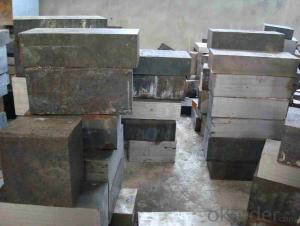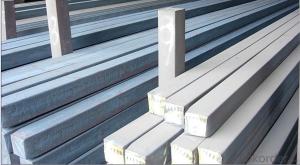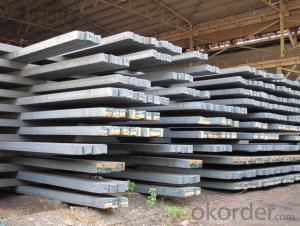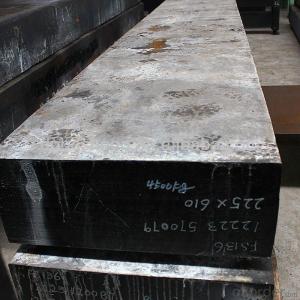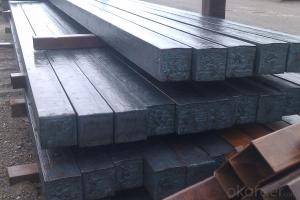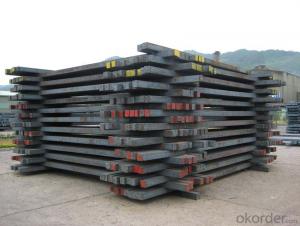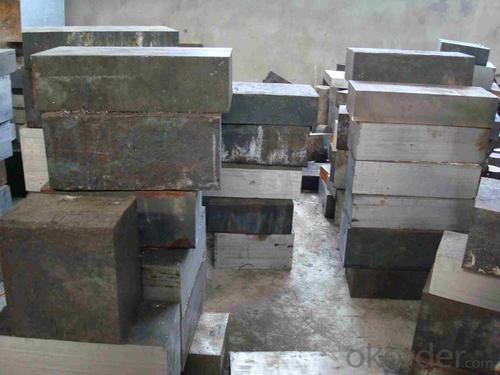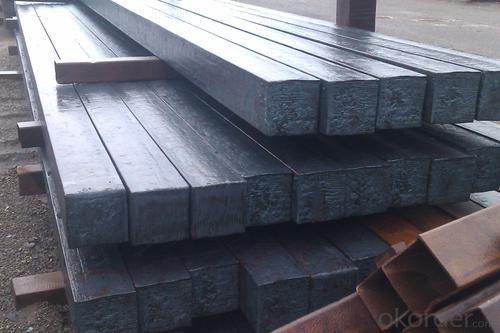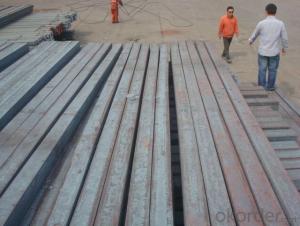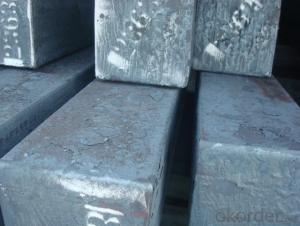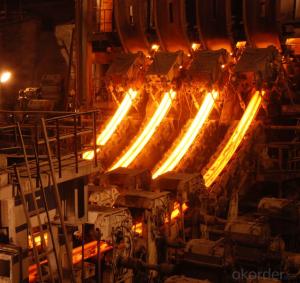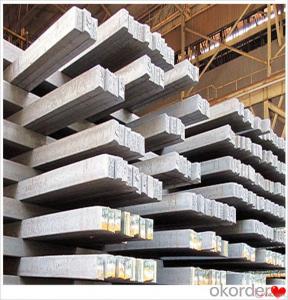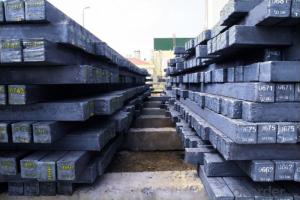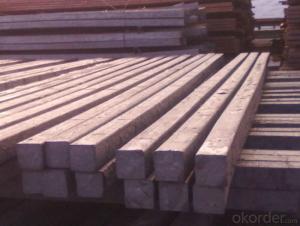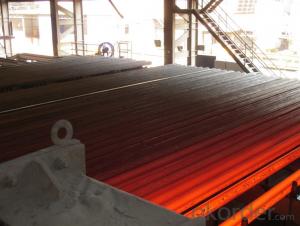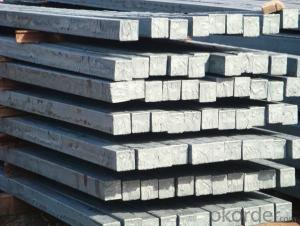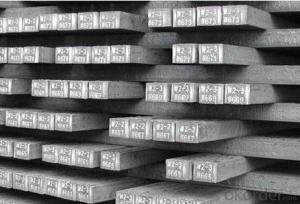Z32 BMP Rolled Steel Coil Construction Roofing Construction
- Loading Port:
- Tianjin
- Payment Terms:
- TT OR LC
- Min Order Qty:
- 100 m.t.
- Supply Capability:
- 10000 m.t./month
OKorder Service Pledge
OKorder Financial Service
You Might Also Like
Structure of Z32 BMP Rolled Steel Coil Construction Roofing Construction
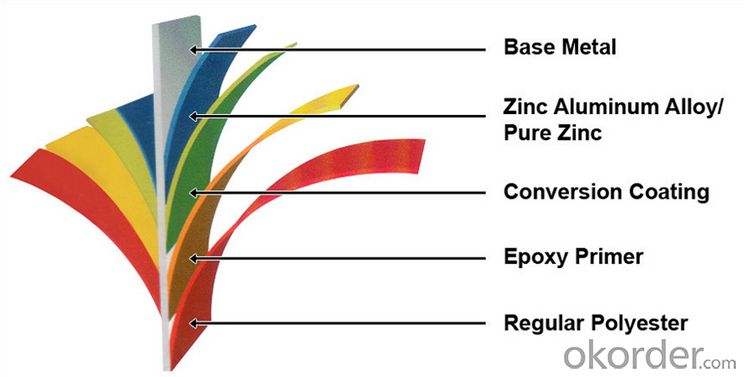
Description of Z32 BMP Rolled Steel Coil Construction Roofing Construction
PPGI is made by cold rolled steel sheet and galvanized steel sheets as baseplate, through the surface pretreatment (degreasing, cleaning, chemical conversion processing), coated by the method of continuous coatings (roller coating method),
and after roasting and cooling. Zinc coating: Z60, Z80, Z100, Z120, Z180, Z275, G30, G60, G90
Alu-zinc coating: AZ60, AZ80, AZ100, AZ120, AZ180, G30, G60, G90
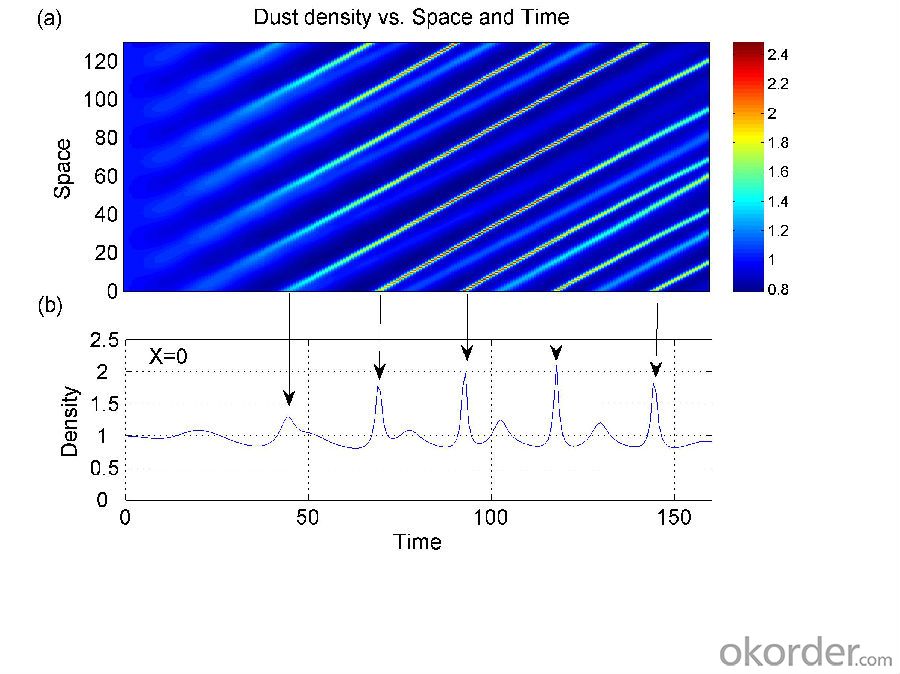
Main Feature of Z32 BMP Rolled Steel Coil Construction Roofing Construction
1) Excellent corrosion resistance: The zinc layer provides a good protection of Pre-painted Galvanizeed Steel Sheet.
2) High heat resistance: The reflective surface of the material aids in efficiently reflecting the sunlight away and in turn reducing the amount of heat transmitted. The thermal reflectivity converts into energy savings.
3) Aesthetics: Pre-Painted Galvanized steel sheet is available in plethora of patterns and multiple sizes as per the requirements that given by our customers.
4) Versatility: can be used in the various areas.Standard seaworthy export packing: 3 layers of packing, inside is kraft paper, water plastic film is in the middle and outside GI steel sheet to be covered by steel strips with lock, with inner coil sleeve.
Applications of Z32 BMP Rolled Steel Coil Construction Roofing Construction
1. Construction and building: roofing; ventilating duct; handrail; partition panel;etc.
2. Electric appliance: refrigerator; washing machine; refrigerator; DVD;etc.
3.Transportation: oil tank; road sign; etc.
4.Agriculture:barn; etc.
5.Others:vending machine; game machine; etc. 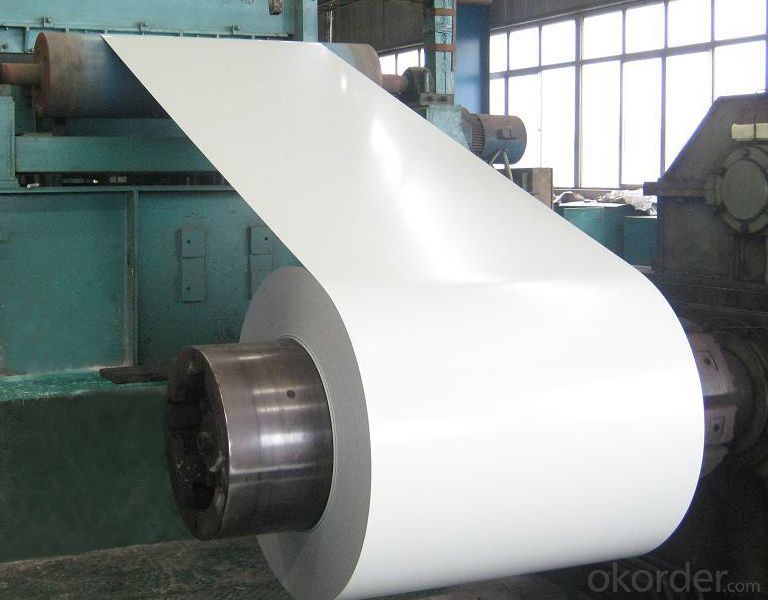
Specifications of Z32 BMP Rolled Steel Coil Construction Roofing Construction
| Classified symbol | Yield Point Minimum N/mm2 | Tensile Strength Minimum | Elongation Minimum % | Application | ||||
| N/mm2 | Nominal Thickness mm (t) | |||||||
| JIS | Yogic | l | 0.25-0.4 | 0.4-0.6 | 0.6-1.0 | 1.0-1.6 | ||
| G3312 | specification | |||||||
| CGCC | CGCC | -205 | -270 | -20 | -21 | -24 | -24 | Commercial |
| CGCD | CGCD | --- | 270 | --- | 27 | 31 | 32 | Drawing |
| --- | CG340 | 245 | 340 | 20 | 20 | 20 | 20 | Structural |
| CGC400 | CG400 | 295 | 400 | 16 | 17 | 18 | 18 | Structural |
| CGC440 | CG440 | 335 | 440 | 14 | 15 | 16 | 18 | Structural |
| CGC490 | CG490 | 365 | 490 | 12 | 13 | 14 | 16 | Structural |
| CGC570 | CG570 | 560 | 570 | --- | --- | --- | --- | Structural |
| ASTM Designation | Yield Point Minimum | Tensile Strength Minimum | Elongation Minimum % | Application | Q/BQB 445-2004(China standard) | ASM A653/A653M | JISG 3312 | |
| ksi(MPa) | ksi(MPa) | TDC51D+Z | (CS TYPE A+Z) | CGCC | ||||
| A653(M)-99 CS TYPE A,B,C | --- | --- | --- | Commercial | TDC52D+Z | CGCD | ||
| A653(M)-99 FS | --- | --- | --- | Lock Forming | TS250GD+Z | (G250+Z) | - | |
| A653(M)-99 DS | --- | --- | --- | Drawing | TS300GS+Z | (G300+Z) | CGC 400 | |
| A653(M)-99 SS Grade33(230) | 33(230) | 45(310) | 20 | Structural | TS350GD+Z | (G350+Z) | CGC490 | |
| A653(M)-99 SS Grade37(255) | 37(255) | 52(360) | 18 | Structural | TS550GD+Z | (G550+Z) | CGC570 | |
| A653(M)-99 SS Grade40(275) | 40(275) | 55(380) | 16 | Structural | ||||
| A653(M)-99 SS Grade50(345) | 50(345) | 65(450) | 12 | Structural | ||||
| A653(M)-99 SS Grade80(550) | 80(550) | 82(570) | --- | Structural | ||||
FAQ of Z32 BMP Rolled Steel Coil Construction Roofing Construction
We have organized several common questions for our clients,may help you sincerely:
1. How Can I Visit There?
Our company is located in Tianjin City, China, near Beijing. You can fly to Tianjin Airport Directly. All our clients, from home or aboard, are warmly welcome to visit us!
2. How Can I Get Some Sample?
We are honored to offer you sample.
3. Why choose CNBM?
1, ISO, BV, CE, SGS approved.
2, Competitive price and quality.
3, Efficient service team online for 24 hours.
4, Smooth production ability(50000tons/month) .
5, quick delivery and standard exporting package.
6, Flexible payment with T/T, L/C, Paypal, Kunlun bank, etc .
- Q: How are steel billets rolled into shape?
- Steel billets are rolled into shape through a process called hot rolling. This process involves heating the steel billet to high temperatures, typically above 1,000 degrees Celsius, to make it malleable and easier to shape. The heated billet is then passed through a series of rolling mills, which consist of a pair of cylindrical rollers that rotate in opposite directions. As the billet passes through the rollers, it is gradually compressed and elongated, resulting in a desired shape and size. The rollers apply high pressure on the billet, effectively reducing its thickness and increasing its length. This continuous rolling process allows for precise control over the shape and dimensions of the steel product. To ensure smooth rolling and prevent the billet from sticking to the rollers, lubricants are often applied. These lubricants also help in dissipating the heat generated during the rolling process. Depending on the desired final product, the steel billet may undergo multiple passes through the rolling mills to achieve the desired shape and dimensions. After the initial rough rolling, the steel may be further shaped and refined through additional rolling stages. Once the desired shape is achieved, the steel is then allowed to cool and solidify. This cooling process is crucial to ensure the final product has the desired mechanical properties and structural integrity. Overall, the hot rolling process of steel billets is a crucial step in the production of various steel products. It allows for the efficient shaping and forming of the billets into different shapes, sizes, and profiles, meeting the specific requirements of different industries such as construction, automotive, and manufacturing.
- Q: How are steel billets used in the production of railway components?
- Railway components rely heavily on steel billets during the production process. These billets, which are essentially semi-finished steel products, serve as the foundation for manufacturing various railway components such as rails, wheels, axles, and structural parts. To create railway components, steel billets are first heated to a specific temperature, enhancing their malleability. This crucial heating process enables easy shaping and forming of the steel into the desired component. Once the billets reach the required temperature, they proceed to the next stage of production. Here, they undergo processes like rolling, forging, and machining to transform them into the final shape and size needed for the specific railway component. For example, in the production of railway rails, heated steel billets pass through a series of rolling mills, gradually shaping and elongating them into the desired rail profile. Similarly, for wheels and axles, billets are forged and machined to achieve the necessary dimensions and surface finish. The utilization of steel billets ensures that the resulting railway components possess strength, durability, and the ability to withstand the heavy loads and stresses associated with railway operations. The quality and characteristics of the steel billets greatly influence the performance and lifespan of the railway components. In summary, steel billets play a critical role in producing railway components by providing the raw material that is shaped, formed, and processed into the essential final products for the safe and efficient operation of the railway system.
- Q: What is the typical production process for steel billets?
- The typical production process for steel billets involves several steps. First, raw materials such as iron ore, coal, and limestone are obtained. These materials are then processed and transformed into iron through a blast furnace or direct reduction process. The iron is further refined in a basic oxygen furnace or an electric arc furnace to remove impurities and adjust the composition. Once the iron is refined, it is cast into large rectangular molds known as ingots. These ingots are then heated and rolled into semi-finished products called blooms or slabs. Blooms are typically square or rectangular in shape, while slabs are flat and rectangular. The next step is to further process the blooms or slabs into billets. This is done by reheating the semi-finished products and passing them through a series of rolling mills. The rolling mills apply pressure to shape the metal and reduce its thickness. This process is known as hot rolling. After hot rolling, the billets are cooled and inspected for any defects. They may undergo additional processes such as surface treatment or heat treatment to improve their properties. The billets are then typically cut into desired lengths and stored before further processing or shipment to customers. Overall, the production process for steel billets involves obtaining raw materials, refining the iron, casting it into semi-finished products, hot rolling, and final inspection and processing. This process ensures that the steel billets meet the required specifications and quality standards before they are used for various applications in industries such as construction, automotive, and manufacturing.
- Q: How are steel billets stored?
- Steel billets are typically stored in open yards or covered warehouses, stacked neatly on top of each other in rows or piles. They are often placed on wooden or steel skids to protect them from moisture and to facilitate easy movement using forklifts or cranes. Additionally, billets are commonly stored in a way that allows proper ventilation and accessibility for inspection and transportation purposes.
- Q: How are the surface defects of steel billets repaired?
- Various methods can be employed to repair the surface defects found in steel billets, depending on the type and severity of the defect. Common surface defects include cracks, seams, laps, and scale. One approach to repairing surface defects involves grinding or milling. This entails the utilization of abrasive tools or machines to remove the outer layer of the billet. Grinding can effectively eliminate small defects such as scale, pits, or minor cracks. However, it may not be suitable for extensive or deep defects. For more severe defects like cracks or seams, welding is a common repair technique. The damaged areas are heated to a suitable temperature and then filled using welding electrodes or filler materials. Skilled welders are required to ensure proper fusion and strength of the repaired area. Mechanical methods, such as peening or hammering, can also be employed to repair surface defects. These techniques involve the use of specialized tools to reshape and smooth out the affected areas. Peening can effectively eliminate shallow cracks or surface irregularities. Another method used to identify and repair surface defects in steel billets is ultrasonic testing. This technique utilizes high-frequency sound waves to detect any hidden cracks or flaws. Once the defects are identified, appropriate repair methods can be implemented. It is important to emphasize that the repair process for surface defects in steel billets necessitates careful inspection and assessment to determine the most suitable method. Quality control measures must be implemented to ensure that the repaired billets meet the required standards for strength and integrity.
- Q: What are the different surface treatments for improved formability in steel billets?
- Some of the different surface treatments for improved formability in steel billets include hot rolling, cold rolling, annealing, and pickling. These treatments help to enhance the plasticity and ductility of the steel, making it easier to shape and form into desired products.
- Q: What is the typical size and shape of steel billets?
- The typical size and shape of steel billets can vary depending on the specific application and industry requirements. However, they are commonly rectangular or square in shape, with dimensions ranging from a few inches to several feet in length, width, and height.
- Q: What are the common surface defects in steel billets during cooling?
- During the cooling process of steel billets, several common surface defects can occur. These defects can arise due to various factors such as improper handling, inadequate cooling techniques, or material impurities. Some of the most common surface defects in steel billets during cooling include: 1. Scale Formation: Scale is a thin layer of oxides that forms on the surface of the steel due to exposure to air during the cooling process. It can result in a rough and uneven surface, reducing the overall quality of the billet. 2. Cracks: Cracks can occur during cooling due to the thermal stresses induced in the steel. These cracks can be longitudinal, transverse, or even intergranular, affecting the structural integrity of the billet. 3. Lamination: Lamination defects occur when layers or sheets of steel separate from each other due to inadequate bonding during the cooling process. This can lead to weak spots in the billet and reduce its overall strength. 4. Shrinkage Cavities: Shrinkage cavities, also known as shrinkage porosity, occur when the steel solidifies and contracts during cooling, resulting in voids or cavities in the billet's surface. These cavities can weaken the steel and compromise its mechanical properties. 5. Surface Roughness: Inadequate cooling techniques can lead to uneven cooling and rapid solidification, resulting in a rough and uneven surface texture on the billet. This defect can affect the billet's surface finish and subsequent processing. 6. Decarburization: Decarburization is the loss of carbon content from the surface of the billet due to exposure to high temperatures and oxygen during the cooling process. This can lead to reduced hardness and strength in the affected areas. To minimize these surface defects, proper cooling techniques, including controlled cooling rates, use of protective coatings, and handling practices, should be implemented. Regular inspection and quality control measures are also essential to identify and rectify any defects during the cooling process and ensure the production of high-quality steel billets.
- Q: What is the typical composition of a steel billet?
- The specific grade and intended use of a steel billet can cause its typical composition to vary. Nevertheless, in general, a steel billet primarily consists of iron, carbon, and additional alloying elements. Steel's main constituent is iron, which typically accounts for about 98% of its composition. This element provides the material with structural strength and durability. Carbon, the second most significant element, usually ranges from 0.02% to 2.1% and plays a vital role in determining the steel's hardness and strength. Besides iron and carbon, steel billets often incorporate various alloying elements to enhance specific properties. These elements may include manganese, silicon, nickel, chromium, molybdenum, vanadium, and others. Each element contributes to different characteristics, such as corrosion resistance, heat resistance, toughness, or machinability. Moreover, steel billets are frequently produced through processes like continuous casting or hot rolling, which can introduce small amounts of impurities. These impurities, such as sulfur, phosphorus, and oxygen, are typically maintained at very low levels to preserve the desired quality of the steel. In conclusion, the typical composition of a steel billet comprises a combination of iron, carbon, alloying elements, and minor impurities. These components are carefully regulated to achieve the desired mechanical properties and performance for a wide range of applications in industries such as construction, automotive, aerospace, and manufacturing.
- Q: How do steel billets compare to other types of raw materials in manufacturing?
- Steel billets, recognized extensively as one of the most versatile and commonly utilized raw materials in manufacturing industries, possess various advantages that render them highly sought after. To begin with, the extraordinary strength and durability of steel billets make them suitable for a diverse array of applications, such as construction, automotive, and machinery manufacturing. Boasting high tensile strength, steel billets ensure the structural integrity of the final product. Furthermore, steel billets exhibit exceptional heat resistance, making them ideal for sectors involving exposure to extreme temperatures, such as aerospace and energy industries. These billets can endure high temperatures without compromising their mechanical properties, guaranteeing the longevity and reliability of the manufactured goods. Additionally, steel billets possess high malleability and can be effortlessly shaped into numerous forms through processes like rolling, forging, or extrusion. This versatility enables manufacturers to fabricate intricate and complex parts, components, and structures, catering to the diverse needs of various industries. Moreover, steel billets are readily available in substantial quantities, making them a cost-effective option for manufacturing. The abundance of steel billets in the market ensures a stable supply chain, mitigating potential disruptions caused by material shortages. Lastly, steel billets are renowned for their recyclability, rendering them an environmentally friendly choice. Steel stands as one of the most recycled materials globally, and the utilization of steel billets in manufacturing contributes to reducing the environmental impact of waste disposal, while conserving natural resources. In conclusion, the exceptional strength, heat resistance, malleability, cost-effectiveness, and recyclability of steel billets surpass other types of raw materials in manufacturing. These qualities establish steel billets as the preferred choice for a wide range of industries, offering reliability, versatility, and sustainability throughout the manufacturing process.
Send your message to us
Z32 BMP Rolled Steel Coil Construction Roofing Construction
- Loading Port:
- Tianjin
- Payment Terms:
- TT OR LC
- Min Order Qty:
- 100 m.t.
- Supply Capability:
- 10000 m.t./month
OKorder Service Pledge
OKorder Financial Service
Similar products
Hot products
Hot Searches
Related keywords
